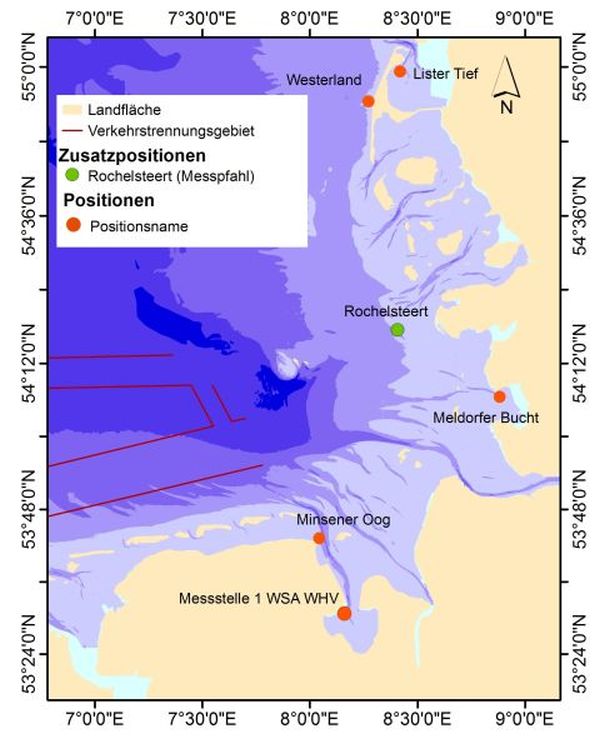
| Project data | |
|---|---|
| Project leader: | Prof. Prof. h. c. Dr Ursula Siebert |
| Scientific staff: | Dr. Michael Dähne |
| Project term: | June 2011 - July 2013 |
| Sponsorship: | Schleswig-Holstein Agency for Coastal Defence, National Park und Marine Conservation (ACNM-SH) (Landesbetrieb für Küstenschutz, Nationalpark und Meeresschutz Schleswig-Holstein, LKN, Tönning) |
Project description
Due to the arrangement of the federation- state marine program (Bund-Länder-Meeresprogramm (BLMP)), a program was agreed upon to conduct the corporate monitoring of marine mammals in January 2011. At this juncture the ITAW assumed acoustic studies for the NPV as part of corporate marine mammal monitoring within the scope of the BLMP.
Harbour porpoises are one of the top mammalian predators in the North and Wadden Seas. With the amendment of the National Park law of 1999, a part of the National Park has been dedicated to the protection of harbour porpoises explicitly, because a high concentration of mother- calf groups has been located there.
As part of the federation- state marine program (Bund-Länder-Meeresprogramm (BLMP))
has been agreed that the ITAW will undertake the corporate monitoring of marine mammals, which complies with the requirements of a monitoring by relevant European guidelines and international conventions. The National Park Administration in the Landesbetrieb für Küstenschutz, Nationalpark und Meeresschutz Schleswig-Holstein (NPV) has been mandated with the task of organising, conducting and financing the acoustic monitoring of harbour porpoises during this program.
In the first year of research, five click detectors (C-POD) will be deployed, maintained and monitored at five determined locations (picture 1) in the Wadden Sea of Schleswig-Holstein and Lower Saxony. Additionally, C-PODs and T-PODs will be installed at two locations at the same time. In the second year, an extra test point in the Wadden Sea of Schleswig-Holstein (Rochelsteert) will be conducted year-round. The data collected will be evaluated against the baseline for the refinement of the acoustic monitoring, as well as necessary enhancements during the permanent operation of the measuring stations.



